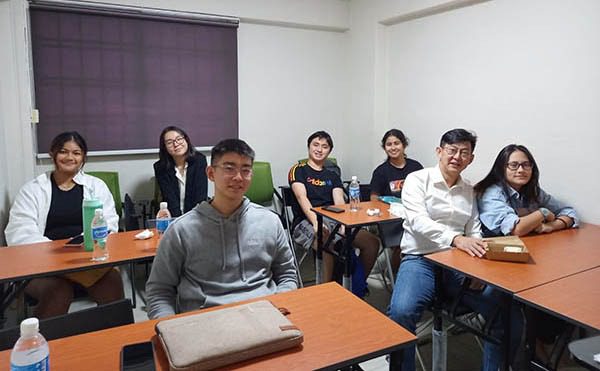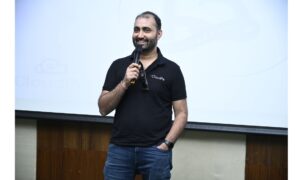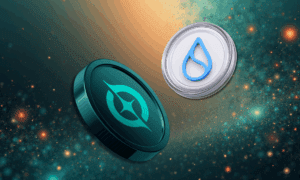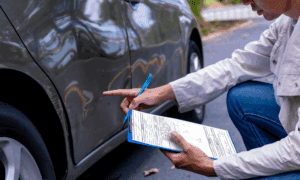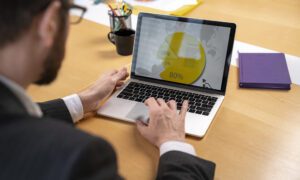In the rapidly evolving educational landscape, technology plays a pivotal role in shaping the way students learn and tutors teach. Junior College (JC) students, particularly those grappling with the complexities of General Paper (GP), can significantly benefit from the strategic use of technology in tutoring. This article delves into various technological tools and approaches that can revolutionize JC GP tutoring, ensuring a more engaging, efficient, and effective learning experience.
1. Interactive Online Platforms
The foundation of technology-enhanced tutoring lies in interactive online platforms. Websites and applications like Canvas, Moodle, and Google Classroom offer tutors a centralized space to organize resources, assignments, and feedback. These platforms not only facilitate seamless communication but also provide an organized structure that mimics a classroom environment. Importantly, they enable tutors to track student progress in real-time, allowing for timely interventions and personalized support.
2. Digital Libraries and Resources
Access to diverse and extensive digital libraries like JSTOR, Google Scholar, and various news archives is crucial for GP students. These resources aid in broadening their understanding of global issues, socio-economic dynamics, and historical contexts – key elements of the GP curriculum. Tutors can guide students in utilizing these databases effectively, teaching them critical research skills and how to discern credible sources from the plethora of information available online.
3. Educational Apps and Tools
The use of educational apps and tools can significantly enhance the learning experience. Applications like Quizlet for flashcards, Grammarly for language enhancement, and Turnitin for plagiarism checks are invaluable. They not only aid in knowledge retention but also help in refining writing skills, which are essential for GP. Tutors can incorporate these tools into their teaching methods, offering students a more interactive and practical way to learn.
4. Virtual Reality (VR) and Augmented Reality (AR)
Immersive technologies like VR and AR are at the forefront of educational innovation. While their application in GP tutoring is still nascent, the potential is immense. VR can transport students to different geographical locations and historical events, offering a vivid understanding of topics discussed in GP. AR, on the other hand, can bring abstract concepts to life through interactive models and visuals, aiding in deeper comprehension.
5. Online Discussion Forums and Collaboration Tools
Online discussion forums like Slack or Microsoft Teams encourage active participation and collaboration among students. They provide a platform for students to discuss topics, share insights, and engage in intellectual debates – a critical aspect of GP learning. Tutors can moderate these forums, guiding discussions to ensure they remain productive and educational.
6. Video Conferencing for Personalized Tutoring
Video conferencing tools like Zoom or Microsoft Teams have become indispensable for personalized tutoring. They offer the flexibility to conduct one-on-one sessions or small group discussions, catering to individual learning needs. These sessions can be recorded for later review, providing students with the opportunity to revisit and reinforce learning. WIth captions on, it can even enhance understanding and attentiveness beyond traditional classes.
7. E-Assessments and Feedback Tools
E-assessments are an efficient way to evaluate student progress. Tools like Google Forms or Kahoot allow tutors to create quizzes and tests that are easily accessible and can provide immediate feedback. This instant feedback mechanism is crucial for identifying areas of improvement and guiding students accordingly. According to Ace GP Tuition, a leading provider, these are highly effective yet easy to implement methods.
8. Integrating Social Media Responsibly
Social media platforms, when used responsibly, can be powerful tools for learning. Platforms like Twitter or Instagram can be used to follow relevant news outlets, thought leaders, or educational channels, keeping students updated with current affairs – a vital component of the GP syllabus. However, students need to be able to fact check their sources, to ensure the news they are receiving are accurate and opinions are well-founded.
9. Data Analytics for Tailored Learning
Data analytics tools can analyze student performance patterns, providing insights into their strengths and weaknesses. This data-driven approach enables tutors to tailor their teaching strategies to meet individual student needs, ensuring a more effective learning process. Further developments and advancements can be expected in this aspect as technologies in Artificial Intelligence progresses.
10. Continuous Professional Development for Tutors
Finally, for technology to be truly effective in tutoring, continuous professional development for tutors is essential. Tutors need to be adept at using these technologies and continuously update their skills to leverage new tools and methods effectively. Fortunately, many free classes and hacks are widely disseminated in Youtube and even TikTok.
Conclusion
Incorporating technology into JC GP tutoring offers a myriad of benefits – from enhanced access to resources and personalized learning experiences to fostering critical thinking and research skills.
As we embrace these technological advancements, the role of the tutor evolves – not just as a knowledge provider, but as a facilitator and guide in a tech-enabled educational journey. Embracing these tools and methods will undoubtedly lead to a more enriching, engaging, and effective learning experience for JC GP students.

